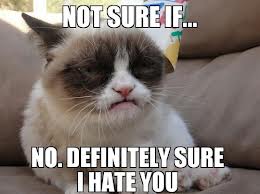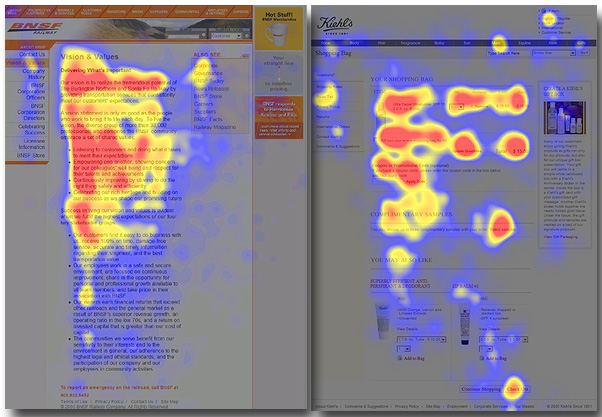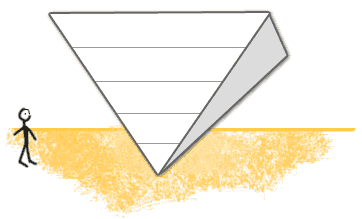When I asked Karl Hodge, technology journalist and head digital journalism lecturer at Leeds Metropolitan University, how people read online his simple answer was –”They don’t”.
In fact there is a theory that you only have eight seconds to catch someones attention before they jump ship (so about now!). It would appear that although many of us love getting lost in the pages of the good book, the same can’t be said for online content.
Users of the web are prolific skimmers, realistically only reading 20% of the words on the page. So with such brutal scanning it is vital that you cater to reader behaviour, so that users can spot quality in an instant.
We all know that images, videos and infographics are a sure fire way to make content more engaging, I mean who could pass over the adorable face of a grumpy cat? But what about the words themselves – when you have spent hours researching, is there any way we can make the finished article more readable?
Luckily, the answer is yes. Extensive research undertaken by web usability consultant and principal of the Nielsen Norman Group, Jakob Neilsen, has unearthed useful information on reader behaviour, giving us guidelines on how to optimise written content for a flippant web user.
We don’t read, we scan
Readers scan from top left to bottom right. Eye tracking research by Neilsen explored this in more detail. After testing 300 people his experiment unearthed the F- shaped pattern. Reader’s spend most time focusing on the left hand side of the page, not giving much attention to what is on the right, no matter how useful it may be. Going down the page horizontal scans become shorter and shorter, an example of this can be seen in the image below.
The study found that only one in 15 people could locate information if it wasnt scannably placed, making it beneficial to place anchor text and important information within the F shape where ever possible.
Scrolling isnt an option
Ideally online content should be much shorter than it’s print counterpart, 80% of a readers time is spent above the fold. If your content is longer, it is advisable to make sure any information falling below the fold isn’t vital.
The inverted pyramid
An important journalistic tool that can be implemented to combat this is the inverted pyramid strategy. This sees the most important information near the beginning of the content, with information that could be overlooked lower down. This is crucial to online content, especially as 70% of people will stop reading after the third paragraph, anything after this should just be adding detail.
Understanding this can help content writers cater to the online reader and therefore produce copy of high quality which will be widely read instead of overlooked. There is a vast amount of research on this topic and I could ramble on for pages, but I am going to listen to my own advice and keep it short and sweet. The chances are you stopped reading after the third paragraph anyway.





